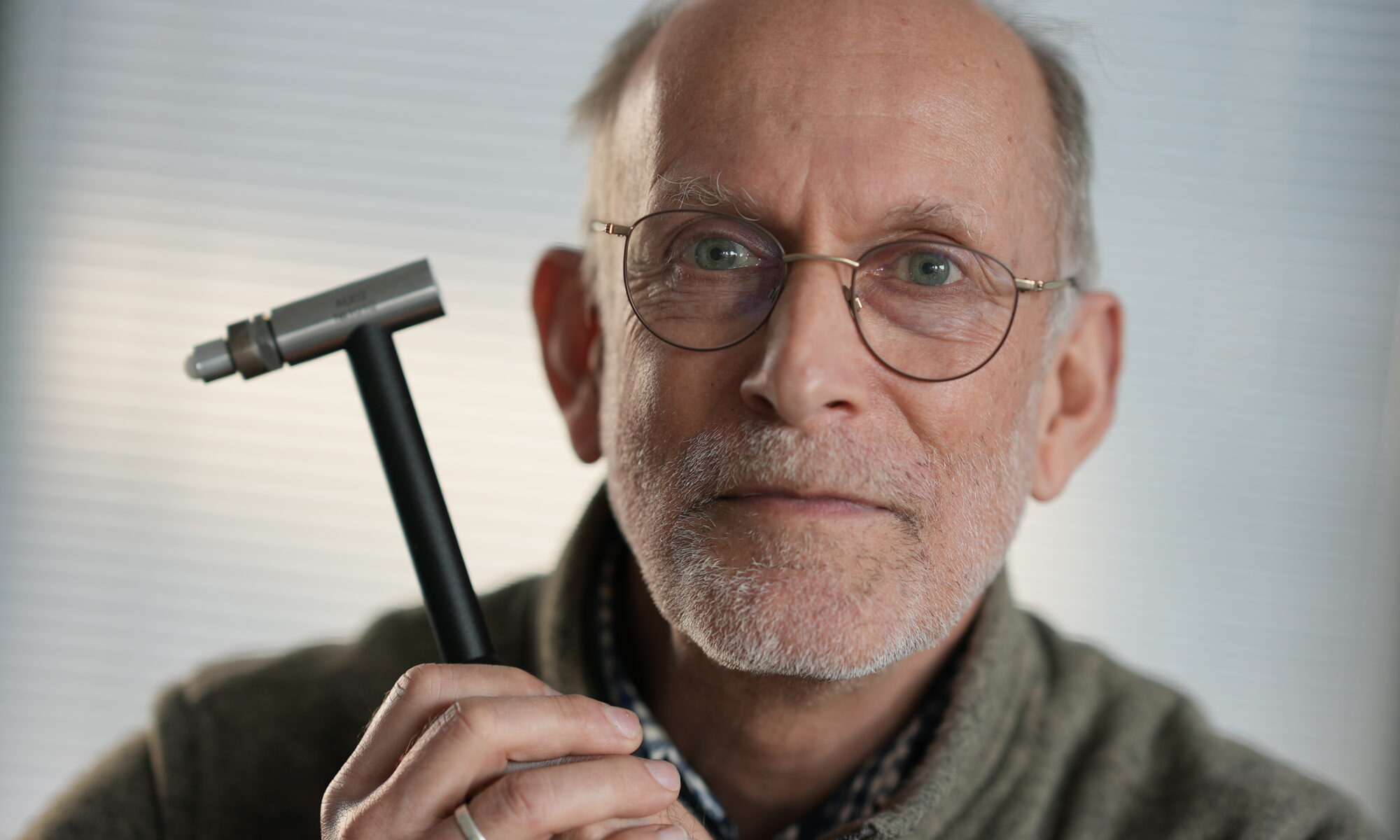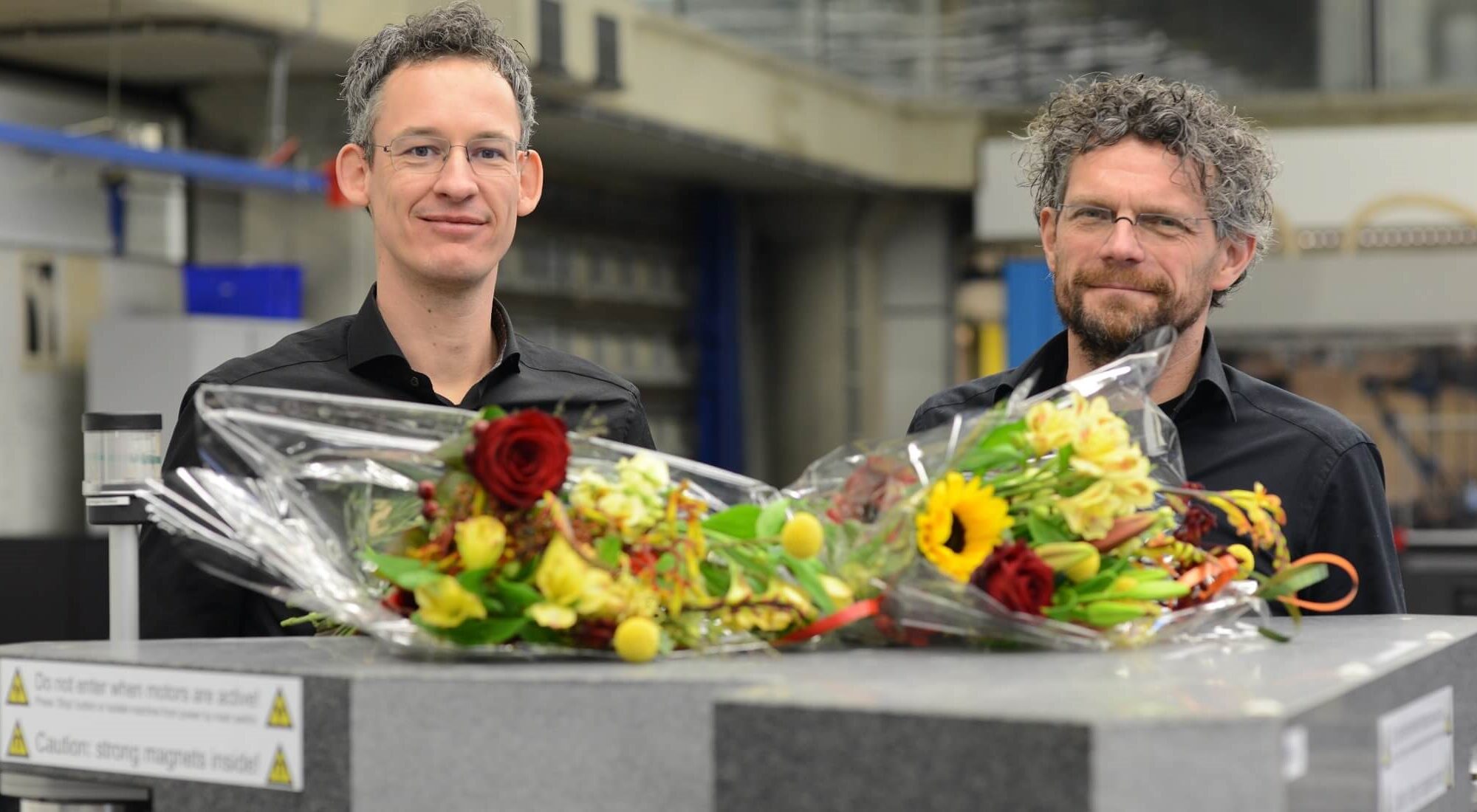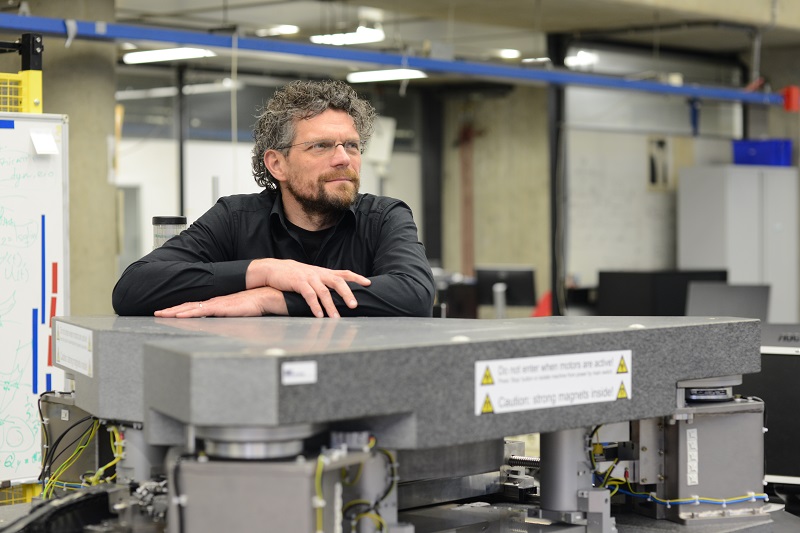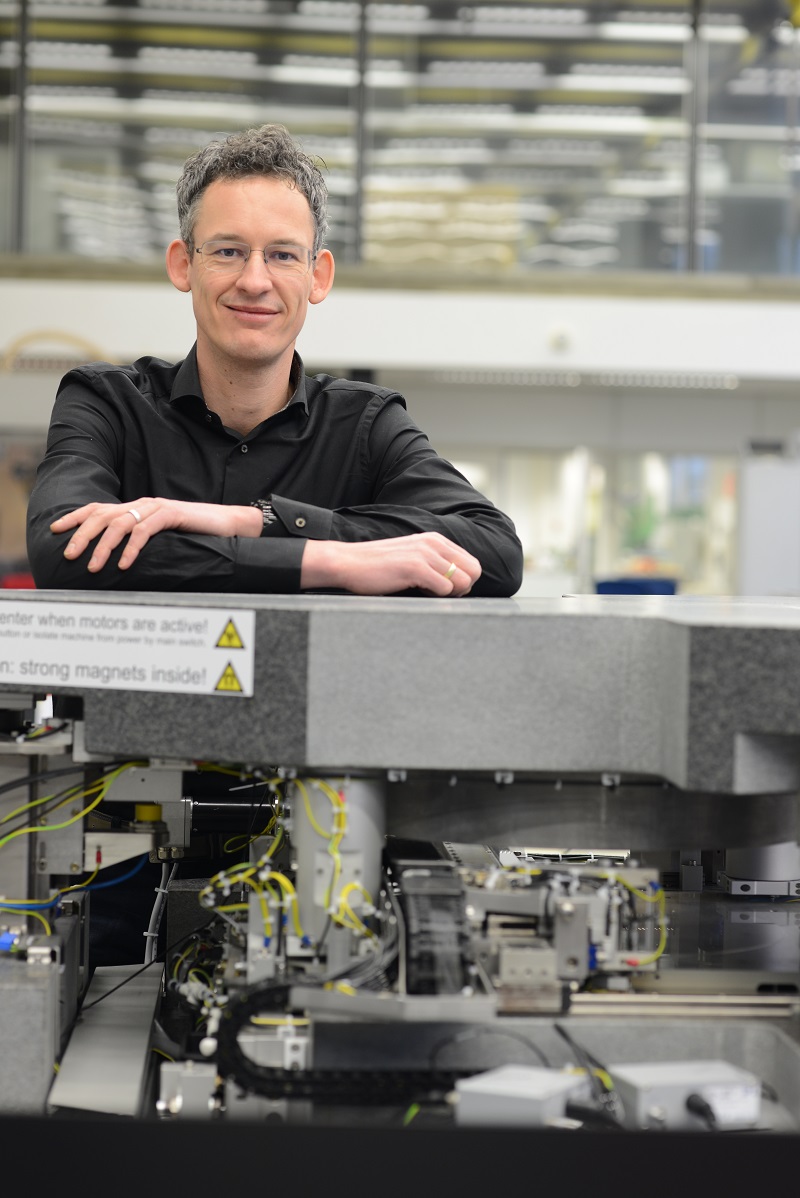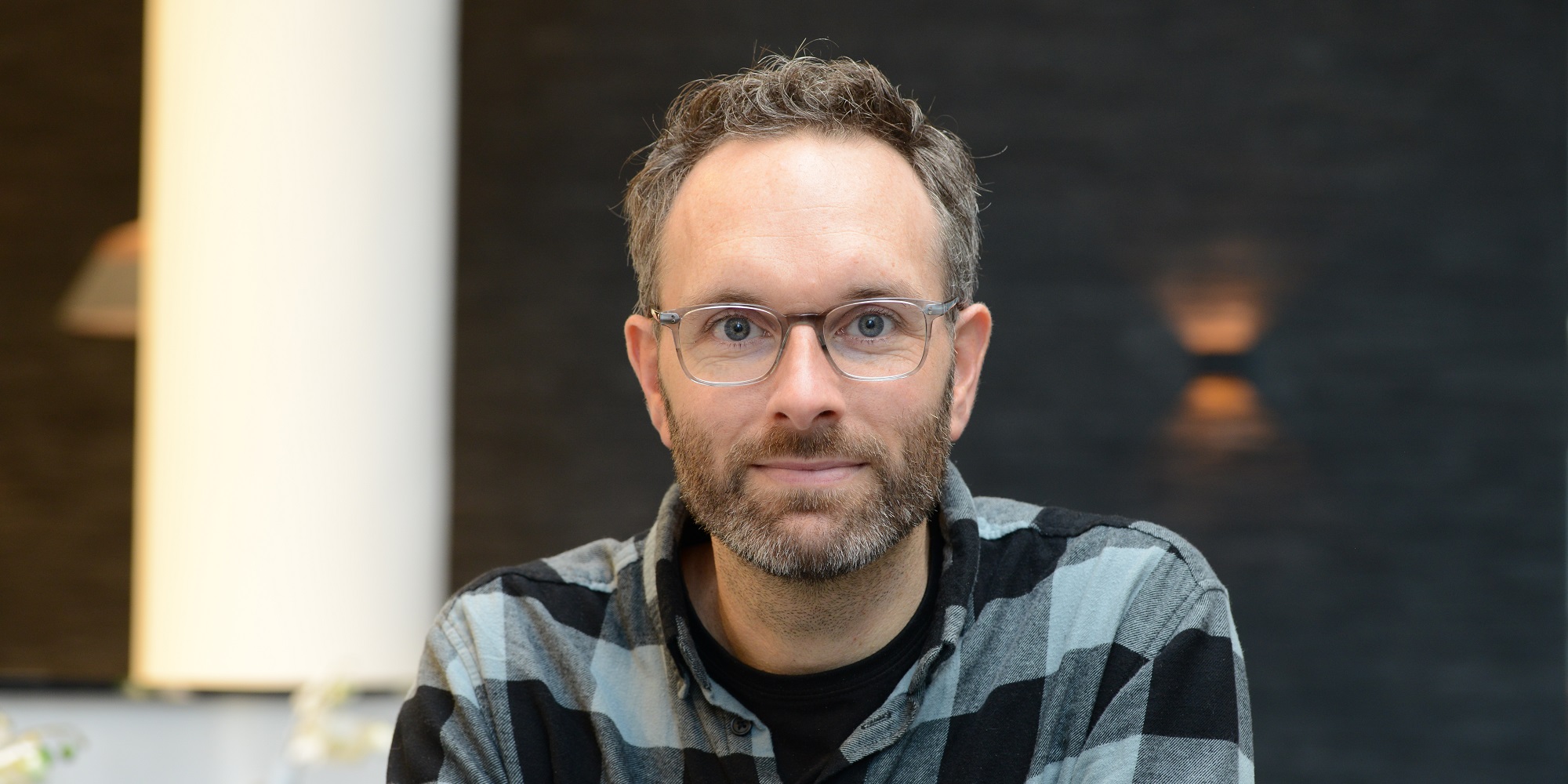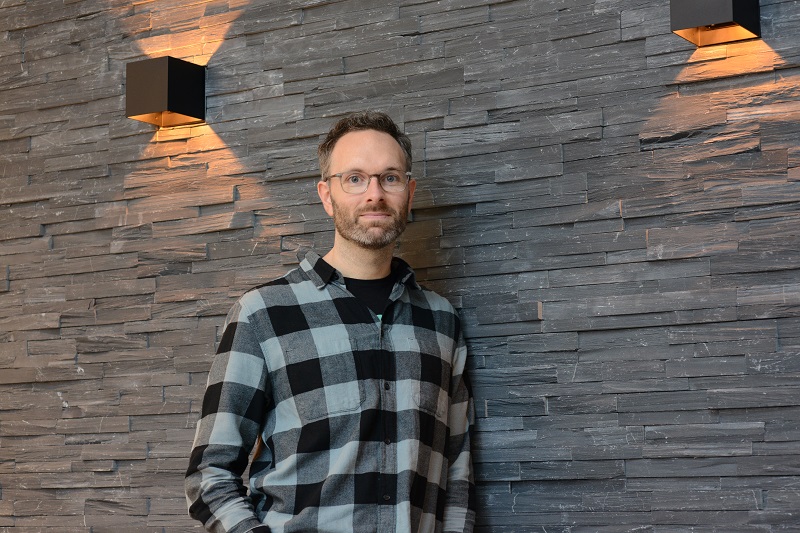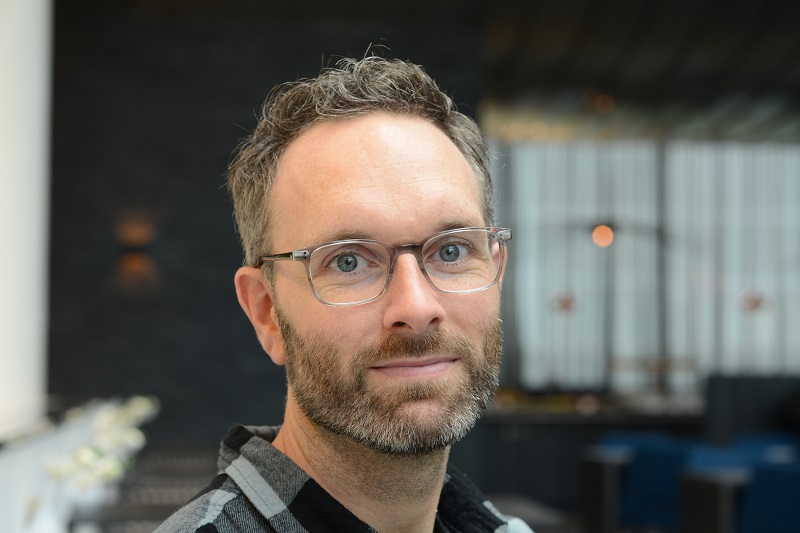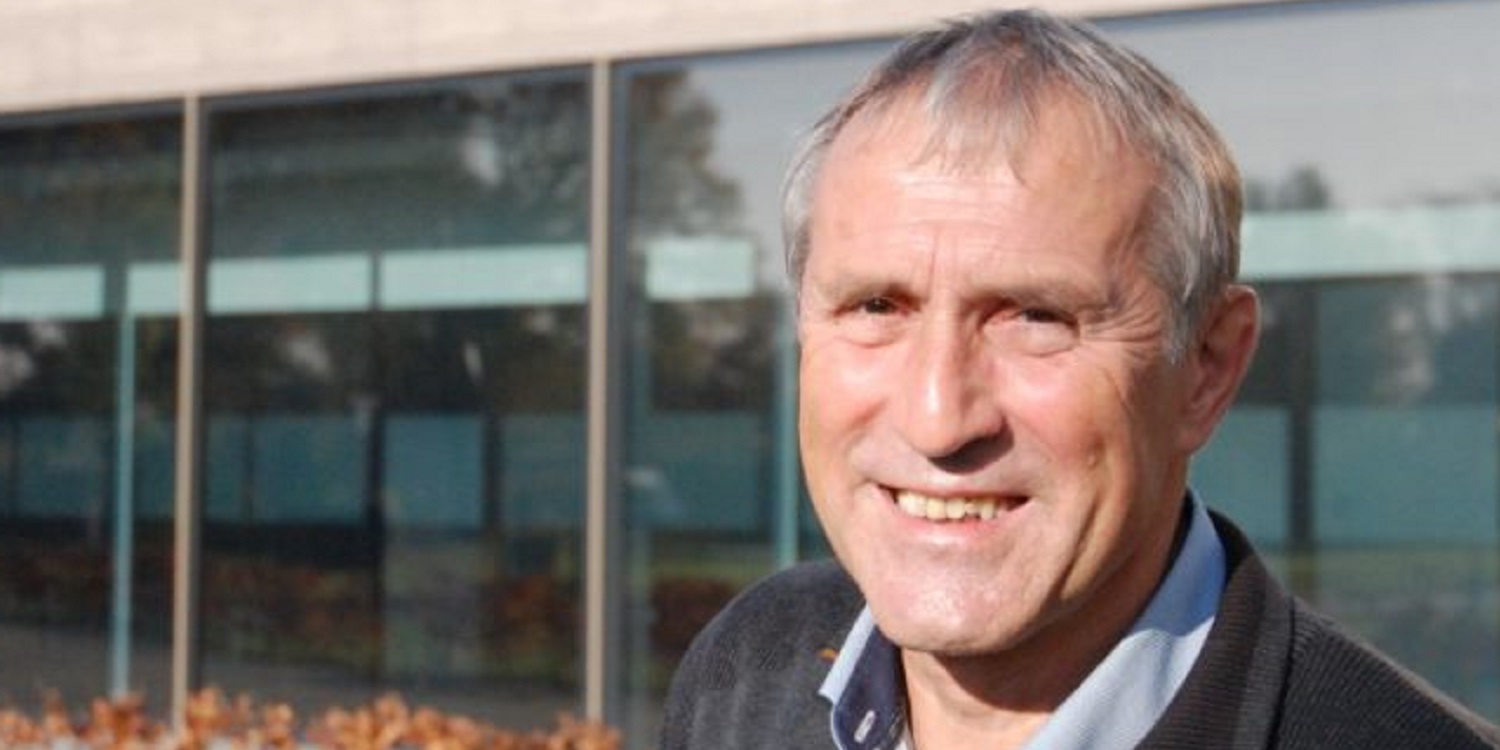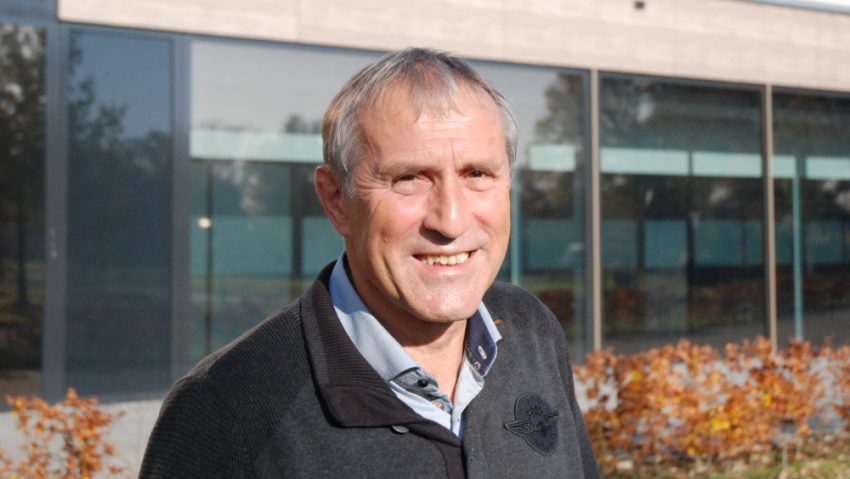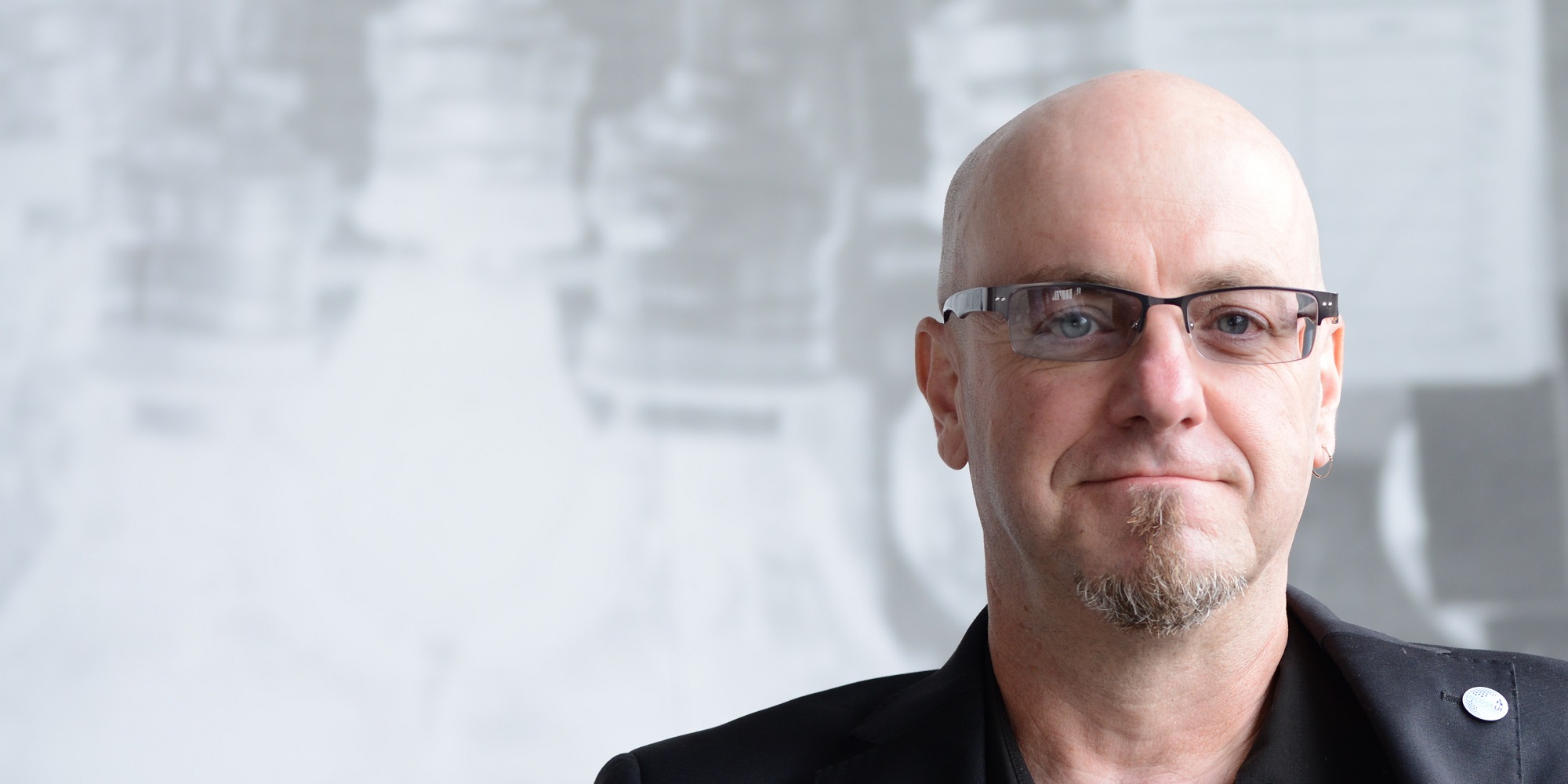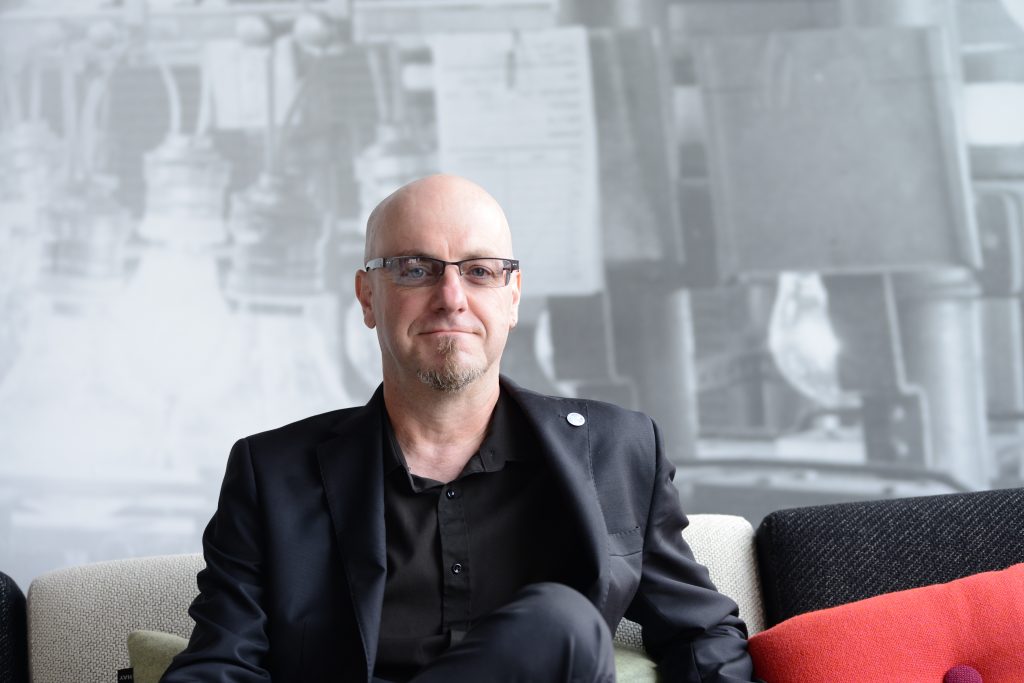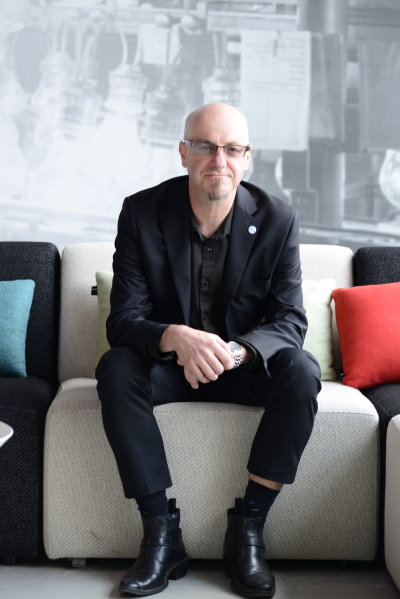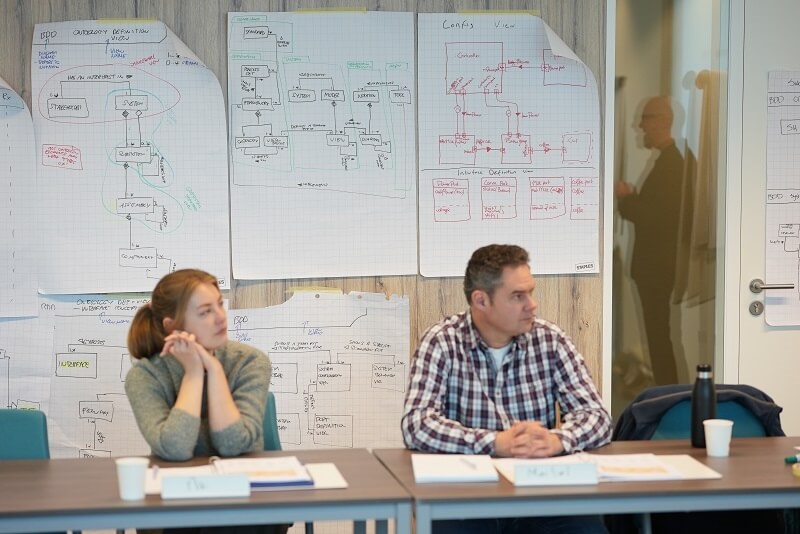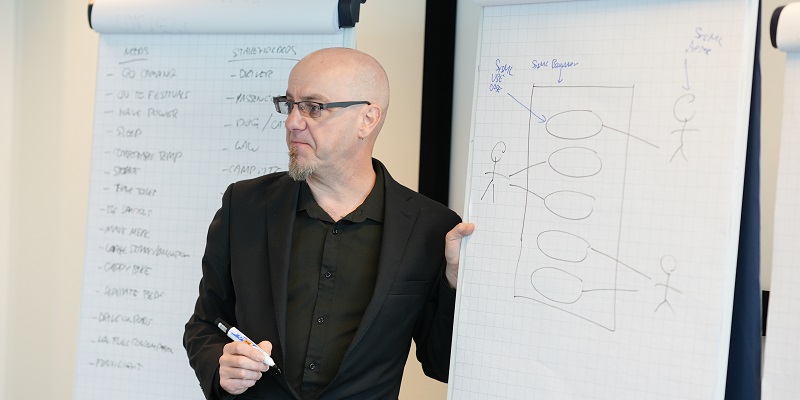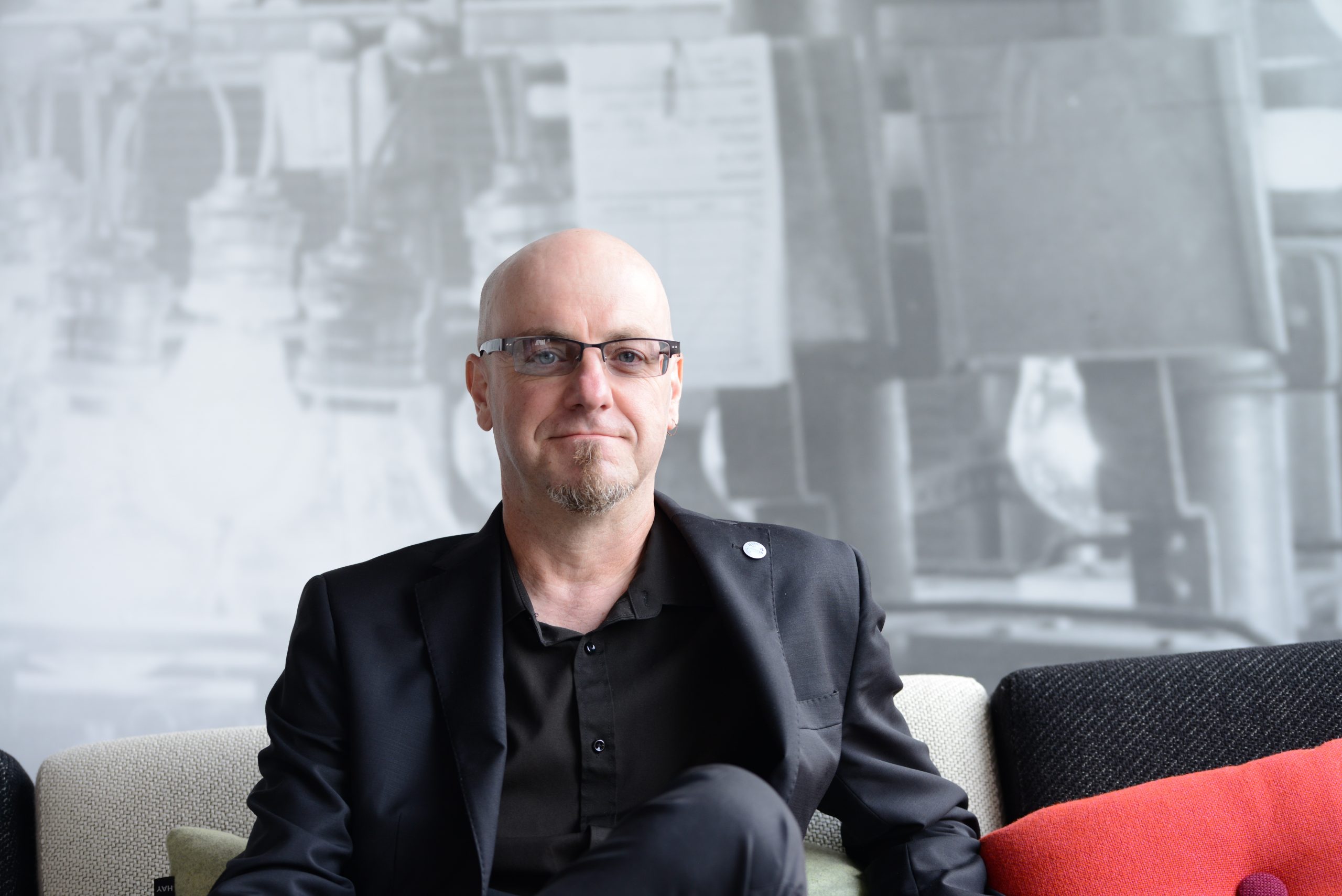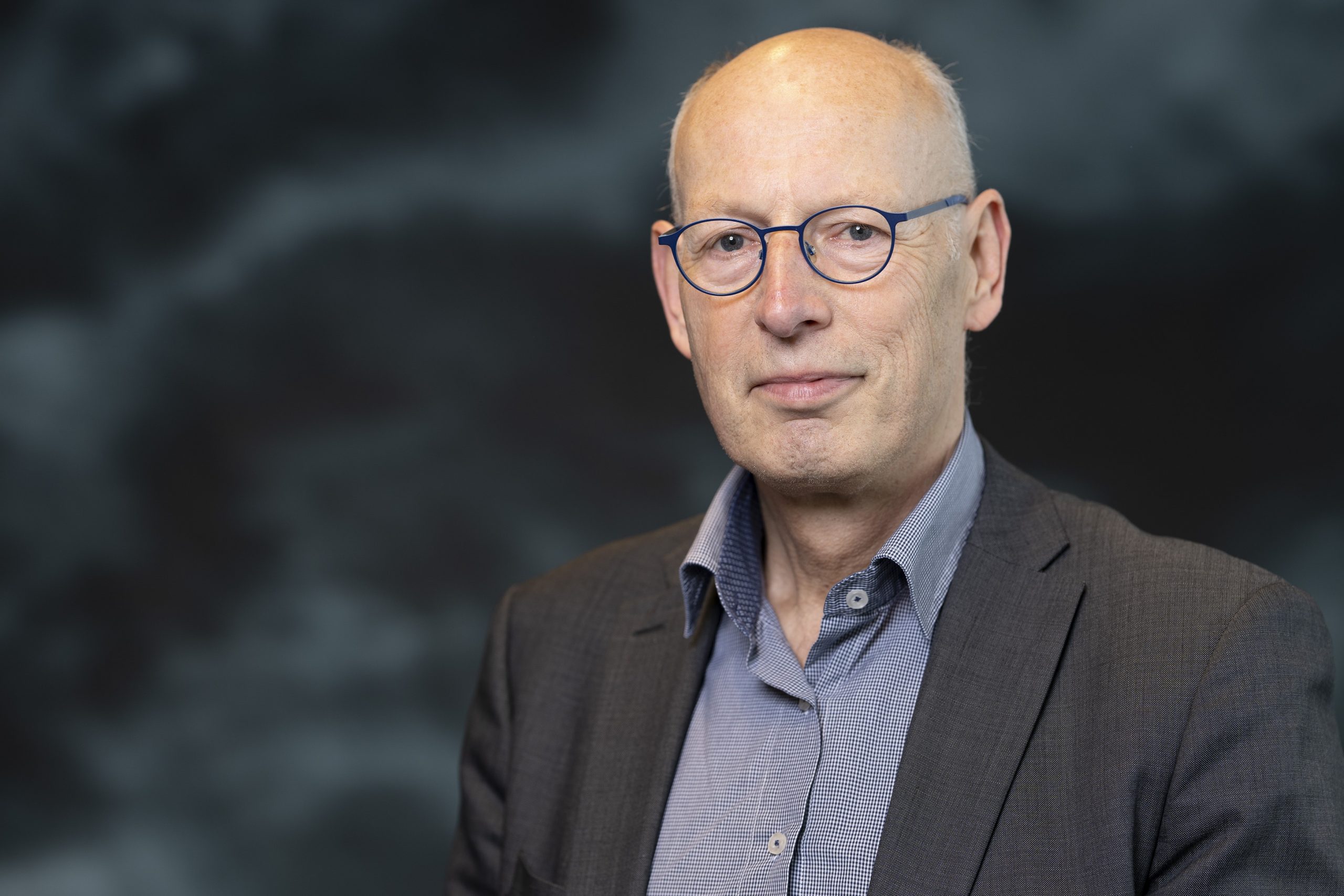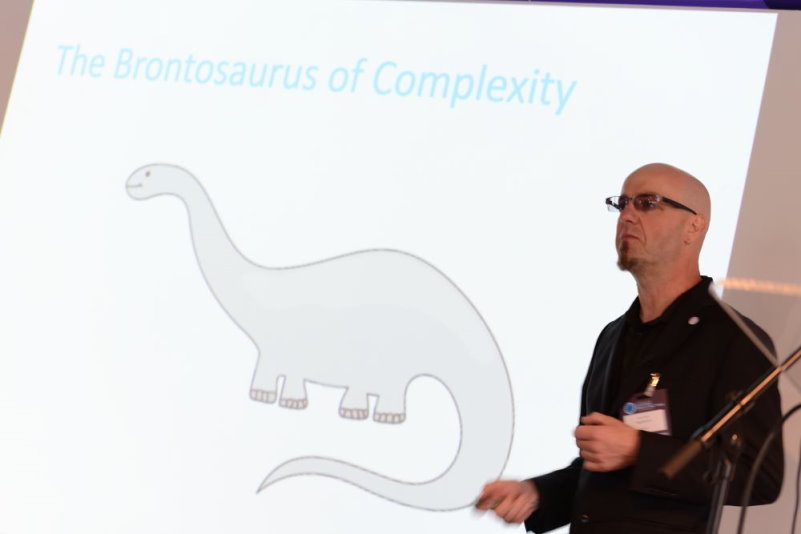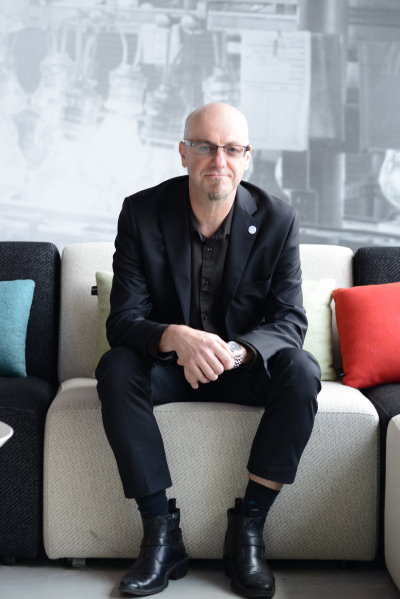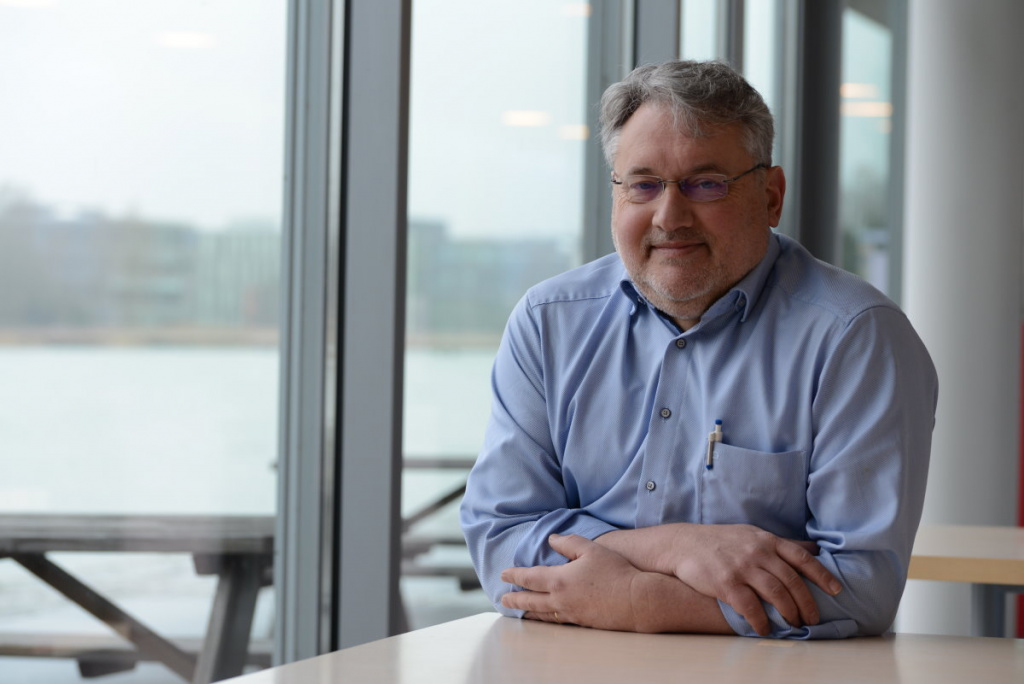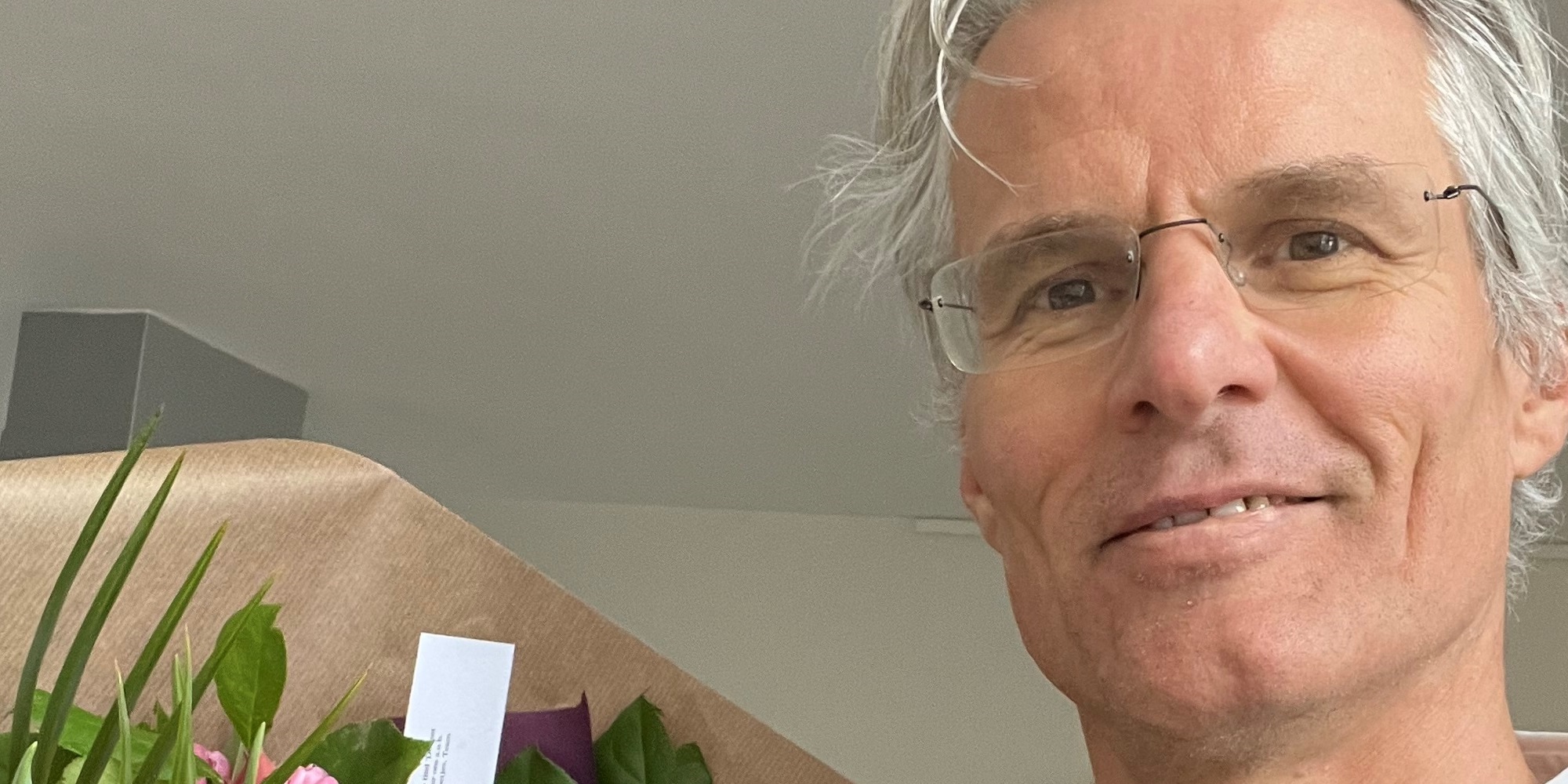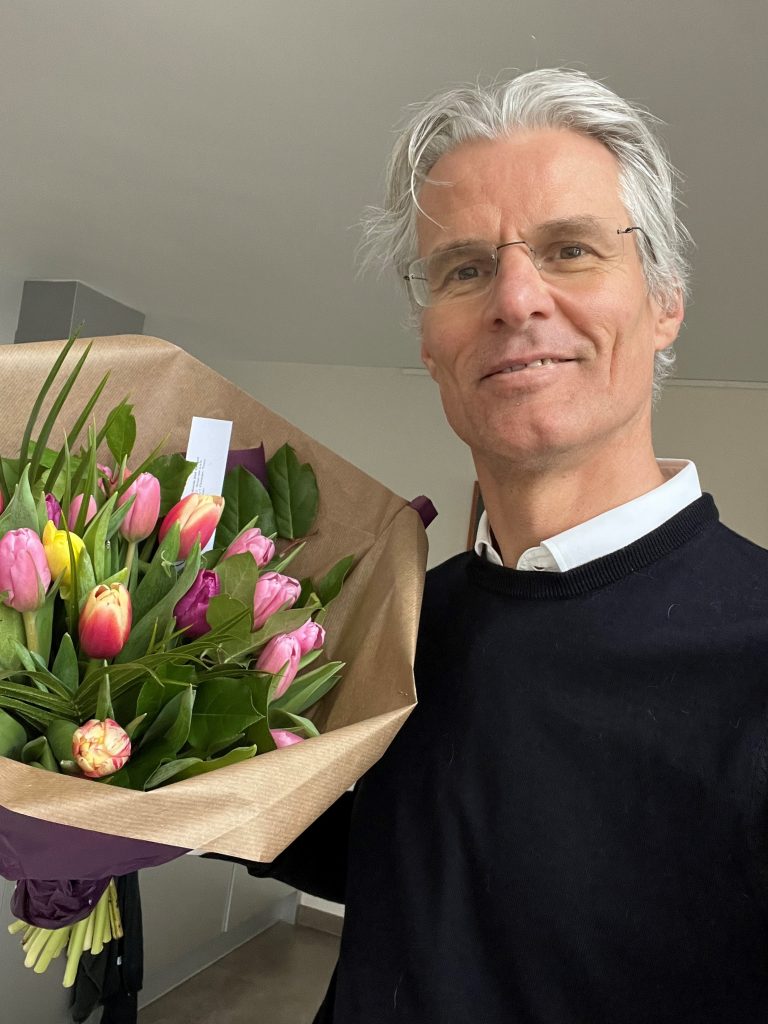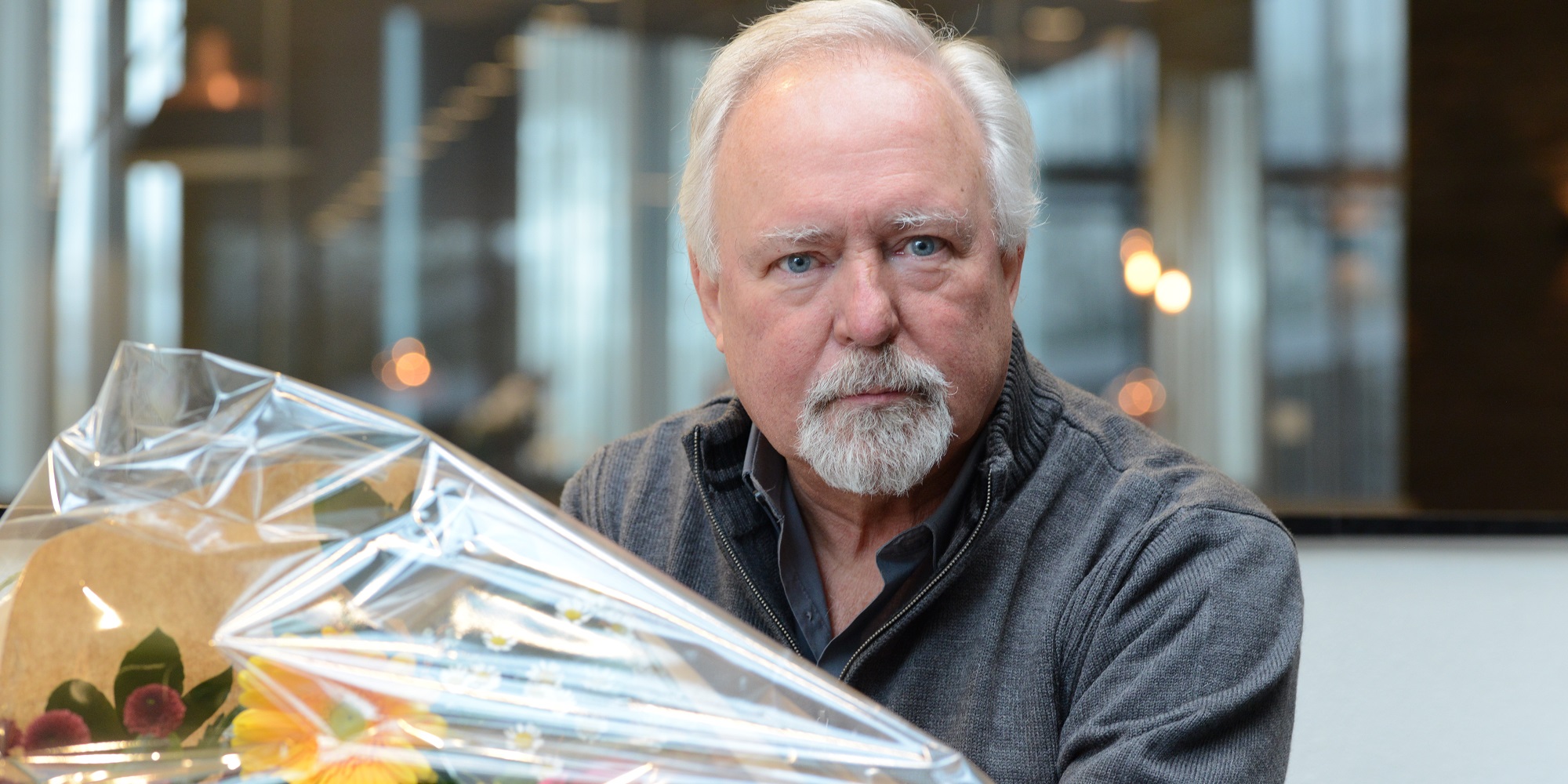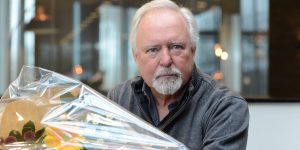Pieter Nuij, technologist and trainer of the ‘Experimental techniques in mechatronics‘ training at High Tech Institute, is a warm advocate of knowledge transfer within and between companies. ‘The Dutch high-tech ecosystem has grown up with it.’
After a career spanning more than forty years, Pieter Nuij is trying to “retire step by step”. He is gradually scaling back his activities as a machine dynamics consultant, under the company name Madycon. But he still cannot stop teaching.
The role of teacher is the common thread in his career, which, after studying mechanical engineering at TU Eindhoven, took him past various organizations.
Keeping open knowledge transfer alive
Two things concern him. “At the Philips CFT (Center for Manufacturing Techniques) we learned: if you have a question, pick up the phone and find a colleague who can answer it. If that doesn’t work, you make something up yourself. The person you call benefits from the same habit. My generation clearly has this mentality of reciprocity. I think that is at the heart of the success of the Eindhoven open development model.”
Nuij wonders whether future generations will also stick to knowledge exchange. He draws hope from organisations such as the MSKE (Mechatronics Systems Knowledge Exchange), where engineers from different companies talk confidentially yet openly with each other about their technical challenges. Another example is the Mechatronics Contact Group, where it is more about long-term policy and vision for the Dutch mechatronics landscape. “When I left MSKE, my story about the importance of knowledge transfer was widely recognized and supported.”
More and more specialties
Ultimately, the Eindhoven region can only stay in the lead of the high-tech world thanks to knowledge, Nuij emphasizes. He points to a trend that many companies do not yet know how to deal with. “The number of technical specialties in industry continues to grow. Think of cleanliness, fatigue, advanced manufacturing such as 3D printing with different materials, and computational fluid dynamics for predicting heat and flow in systems. This also involves acoustics, for example. For example, flows in cooling channels must be ultra-quiet. The slightest disturbance is already too much.”
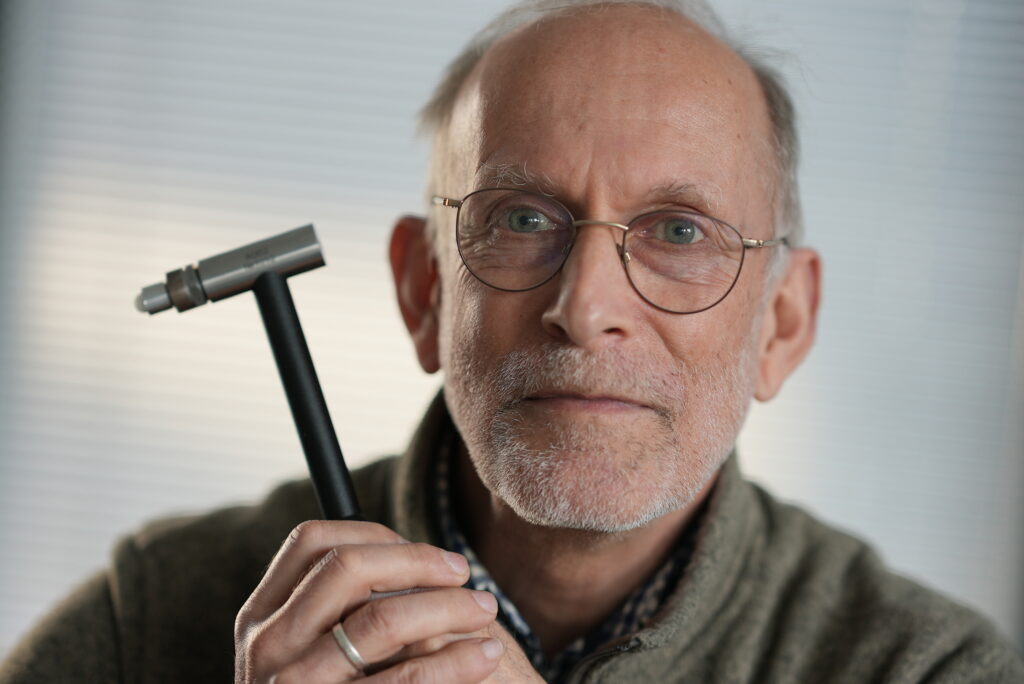
Trainer Pieter Nuij.
Role for CFT 2.0 or ASML?
How can companies secure all those specialties for themselves, is Nuij’s second head-scratcher. “You can think of a network of independent specialists who can be hired. But I still see too few top specialists available for that. An alternative is companies that offer their specialties in the market.”
This brings Nuij back to the Eindhoven open development model. “One reason not to do it is that you don’t want competitors’ specialists looking into your own kitchen. But we have to realize that the actual competitors are in the Far East. If we want to stay ahead here, we have to cooperate more in development in specialties and create mutual trust for that.”
Nuij can imagine ASML taking the lead in this. “Put flatly, they have the most to lose and are most dependent on suppliers in the area. ASML is the only company that does have all the specialties occupied, but if they continue to grow they will need even more specialists.” Sending those specialists to the companies in ASML’s ecosystem remains difficult, Nuij wants to say.
''If we want to stay in the lead here, we must cooperate more on specialties in development and create mutual trust for that.''
System architect becomes communicator
If the number of specialties keeps growing, what does that mean for the system architect, who after all has to know (a little) about everything in order to guard the coherence in the system design? “The system architect must indeed keep more and more plates in the air at the same time, be able to think about them with sufficient specificity and at the same time keep his distance; that balance is quite difficult. There will always be people with the necessary breadth, but I doubt if there are enough of them.”
The current perception is still that the system architect can fill in the entire system architecture. Nuij no longer believes in that. “It comes much more down to teamwork and breakdowns in the architect role. Someone with good interpersonal skills must then keep the team together and keep the communication flowing well: make sure people respect each other, accept things from each other and dare to ask questions.”
Philips legacy well placed
In any case, what helps is that – for knowledge transfer and deepening of specialties – the Philips legacy has been preserved. Nuij refers to the Philips Centre for Technical Training (CTT), which ceased to exist in 2011. The CTT courses ended up at training institutes such as High Tech Institute and its content partners. He still teaches the course ‘Experimental techniques in mechatronics‘ (ETM) of Mechatronics Academy there. “I set that up over 25 years ago at CFT and later transferred it to CTT.”
He started as a lecturer even earlier. “When I started working on optical disc mastering at Philips in 1985, I was also responsible for knowledge transfer as a mechanical discipline leader. Then I was at Brüel & Kjaer in Denmark for four years, specifically for knowledge transfer in sales support. Later I worked at CFT in the mechatronics group, under Maarten Steinbuch. When he became a professor at TU, I went with him. Among other things, I gave the signal analysis lecture and enjoyed all the young guys who wanted to go into engineering. Then the focus shifted from teaching to produce good engineers to research to get high citation index scores and I left for NTS.”
Nuij wanted to work in industry again, and at NTS he could also indulge in knowledge development and transfer. “Often in a master-family situation.” When he needed more flexibility and freedom in his work for personal reasons, he started for himself as a machine dynamics specialist. “In that role, too, I started focusing more and more on transferring knowledge.”
''The actual craftsmanship is not taught at university; that has to happen in practice.''
Enthusiastic about master-mate
Thus teaching continued to attract Nuij. “Especially because of the increasing number of examples I can give from my own experience. This makes the teaching material much easier to understand. It remains fun to see the penny drop with students and course participants.”
He prefers to work in a master-family situation. “The actual craftsmanship is not taught at university; that has to happen in practice. That is very labor intensive and the first hours of the apprentice are not productive. In the long run, however, it actually saves a lot in product development, because specialists with expertise solve problems in time.”
As a consultant in machine dynamics, Nuij therefore adheres to the master-mate principle. “I have long been doing assignments for mapping and analyzing vibrations in machines. At a company, I always ask for a young guy who would like to work in that field. I show them ‘on the job’ how and why you do it. I also get requests for courses. Then I can nicely refer to my course on experimental techniques and other courses that bridge to control engineering.”
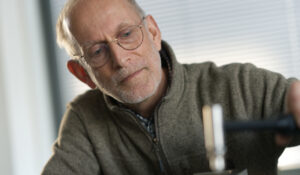
Transfer from clapper to clock
Key to Nuij’s specialty is the transfer function. “If you perform an action on a system, what response comes out of it? Take a church bell. What difference in pitch, timbre and reverberation time do you hear when you excite this system in a different way with the clapper? Or the camera you hold in your hands. The harder you shiver when printing, the fainter the picture. If you shiver differently, the photo will be blurred in a different way. You describe all this with the transfer function; it helps you predict the new output when you have a different input. If I stand next to an electron microscope that magnifies a million times, you will see blurring in the image. The transfer function then describes how the acoustic coupling translates into the image.”
The ETM training at High Tech Institute revolves around determining the transfer function experimentally. “We describe that, following the Eindhoven tradition, in the frequency domain (how often does something happen?). In principle, the function contains the same information as in the time domain (when does something happen?), but it is presented in a different way, which gives different insights.” Mathematically, the Fourier transform is used for this purpose. The course goes into depth about it, because many mistakes are made with it.
Of course, experimental skill is also required: choosing sensors wisely, being able to assess the quality of a measurement and recognizing possible errors in the setup. “The control technician behind the computer must also have knowledge of what can go wrong experimentally, from a wrongly set input sensitivity to an overload somewhere in the system.”
This article is written by Hans van Eerden, tech editor for High-Tech Systems.
Recommendation by former participants
By the end of the training participants are asked to fill out an evaluation form. To the question: 'Would you recommend this training to others?' they responded with a 9.5 out of 10.
